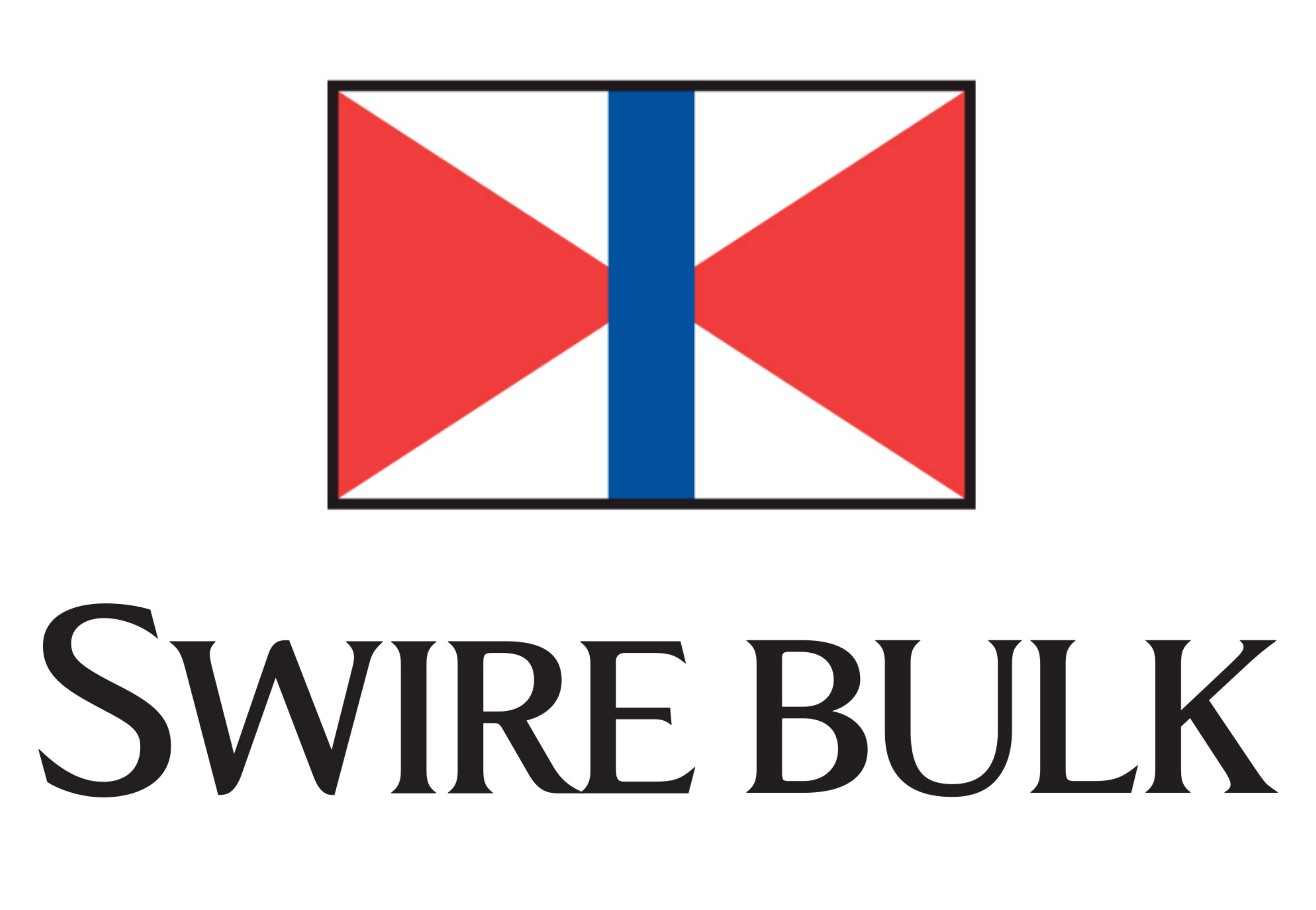- The freight markets have reached a 13-year high in 2021.
- Here, we discuss where they could go in H2’21 and beyond.
- Strong vessel demand should ultimately keep the pressure on freight rates.
Freight in H2’21 and Beyond
If there’s one thing that’s remarkable about this freight market, it’s the steady upward trajectory it’s held since November 2020.
We can almost plot a straight line from 1,200 points to 3,000 points in a nine-onth bull run that’s seen the market rarely deviate from its course.
This should come as no surprise to global commodity analysts. If the demand for vessels is related to the health of the demand complex of seaborne raw materials and finshed goods, the freight market is riding a wave of synchronized boom of almost every key commodity on the planet.

This confluence of excess demand for coal, iron ore, grain, steel and almost every other bulk commodity has seen shortages across every market as supply just cannot keep up with demand.
As a result, dry bulk vessels that haul these commodites are trading at $30,000 per day (three times the long-term average).
However, this market doesn’t seem set to ease anytime soon.
Wheat mills, steel smelters, power plants and large-scale industrial activites don’t run on short-term planning schedules. Raw material demands are forecast, procured, purchased and then shipped with fairly lengthy leadtimes. Todays’ planning decisions affect plants in 90 days time. Accordingly, it’s important to look at the forward pricing of these comoodities to signal what utilisation we can expect on the world’s vessel fleet.

Grains, coal and iron ore are all shipping at record volumes in 2021 but the outlook for 2022 is just as upbeat.
In early June, iron ore recorded all-time highs at almost 220 USD/mt, shattering its pre-global financial crisis record by almost 10%.
However, it’s the commodity’s forward price that’s just as incredible. 2022 iron ore futures are trading at 157 USD/mt. So, according to the traders making planning decisions for 2022, we can already bank on iron ore trading at three times its long term average next year.
This sentiment hasn’t been lost on the freight market. With spot freight rates at 30,000 USD/day, the freight futures market has flattened its curve to converge within 10% of spot values all the way through to Q1’22. This is a fairly remarkable sign of confidence in the expected strength of the freight markets over the next six months.

The freight market’s balance of 2022 rates are trading at an almost 30% discount to today’s spot rates. However, these paper values are not reflective of the physical market. To secure a vessel to trade through to 2023, the rates shipowners are offering vessels will imply a fairly strong upward revaluation on the 2022 futures forward values.
With grains booked to be shipped, a drive to restock coal inventories, and iron ore already forecast to trade at three times the long-term values in 2022, we think the underlying demand for vessels to secure the ocean going leg of supply chains will only translate to upward pressure on freight values in 2022, bringing them in line with today’s spot rates.

Other Opinions You May Be Interested In…
Explainers You May Be Interested In…

